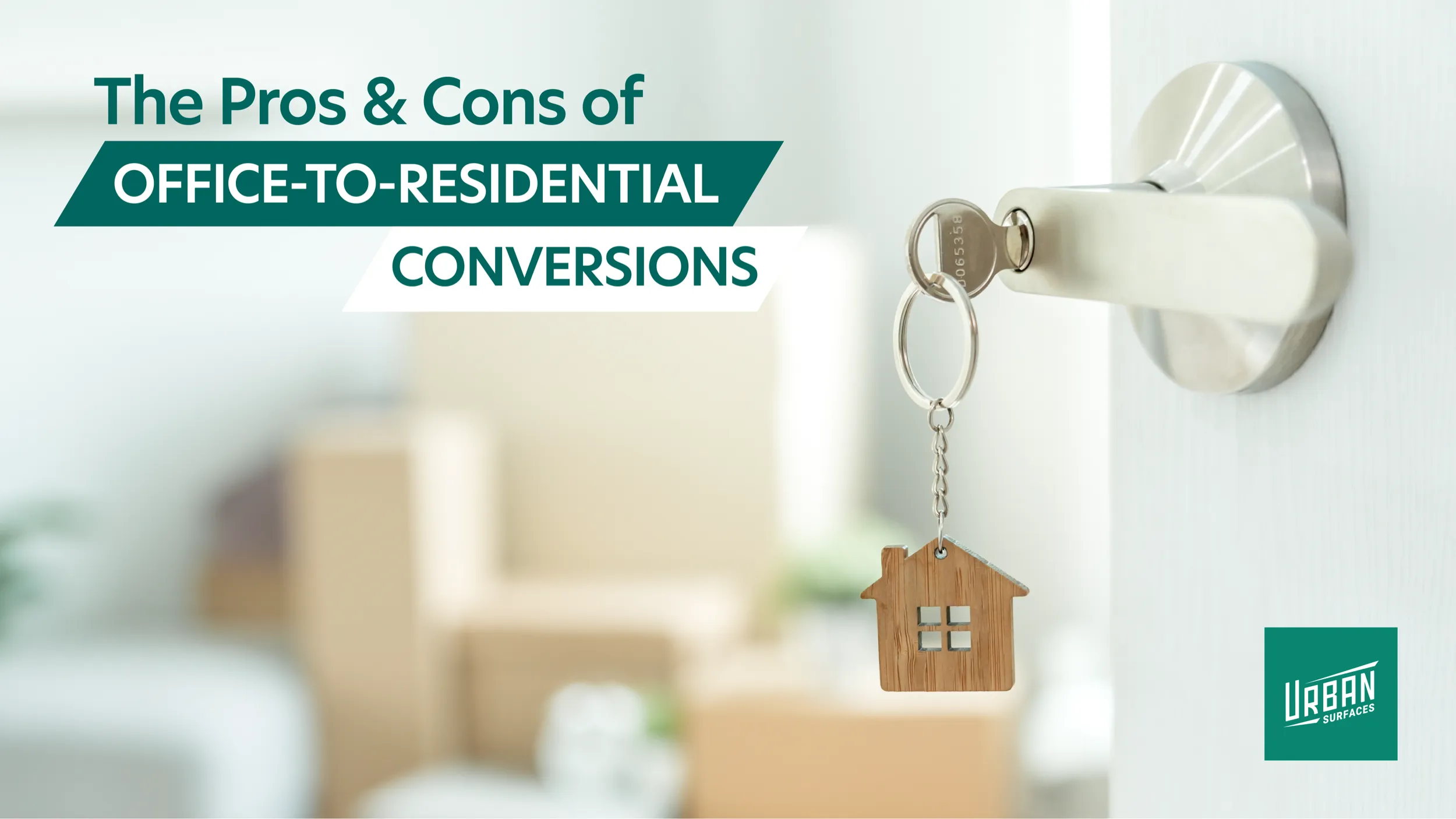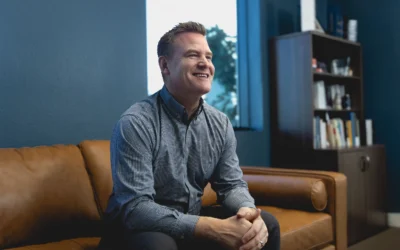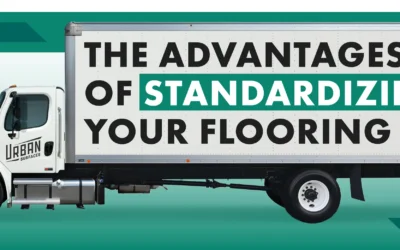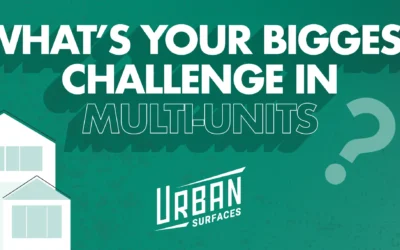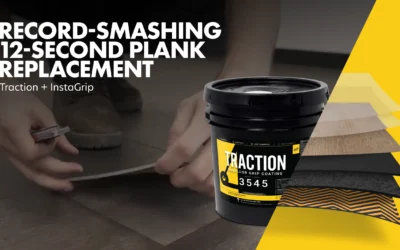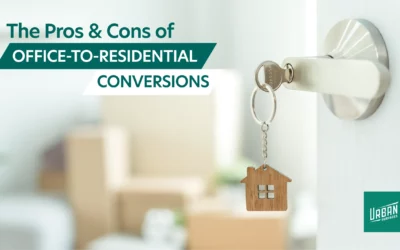The changing dynamic of the multifamily industry has ushered in a new era of property utilization, one where office-to-residential conversions are gaining momentum. This trend is driven by shifts in work habits, economic factors, and the pressing need for more housing units in city centers. In this article, we delve into the advantages and disadvantages of this relatively new trend and explore how Urban Surfaces can be an ideal partner in these transformative projects.
The Advantages
Increased Housing Supply
One of the most compelling reasons for converting office spaces into residential units is the potential to address the housing shortage in urban areas. 15% of commercial district office buildings in the 105 largest U.S. cities are suitable for residential conversion, which could add approximately 171,470 housing units (Source: whitehouse.gov). This is a significant number that can alleviate some of the pressures on the housing market.
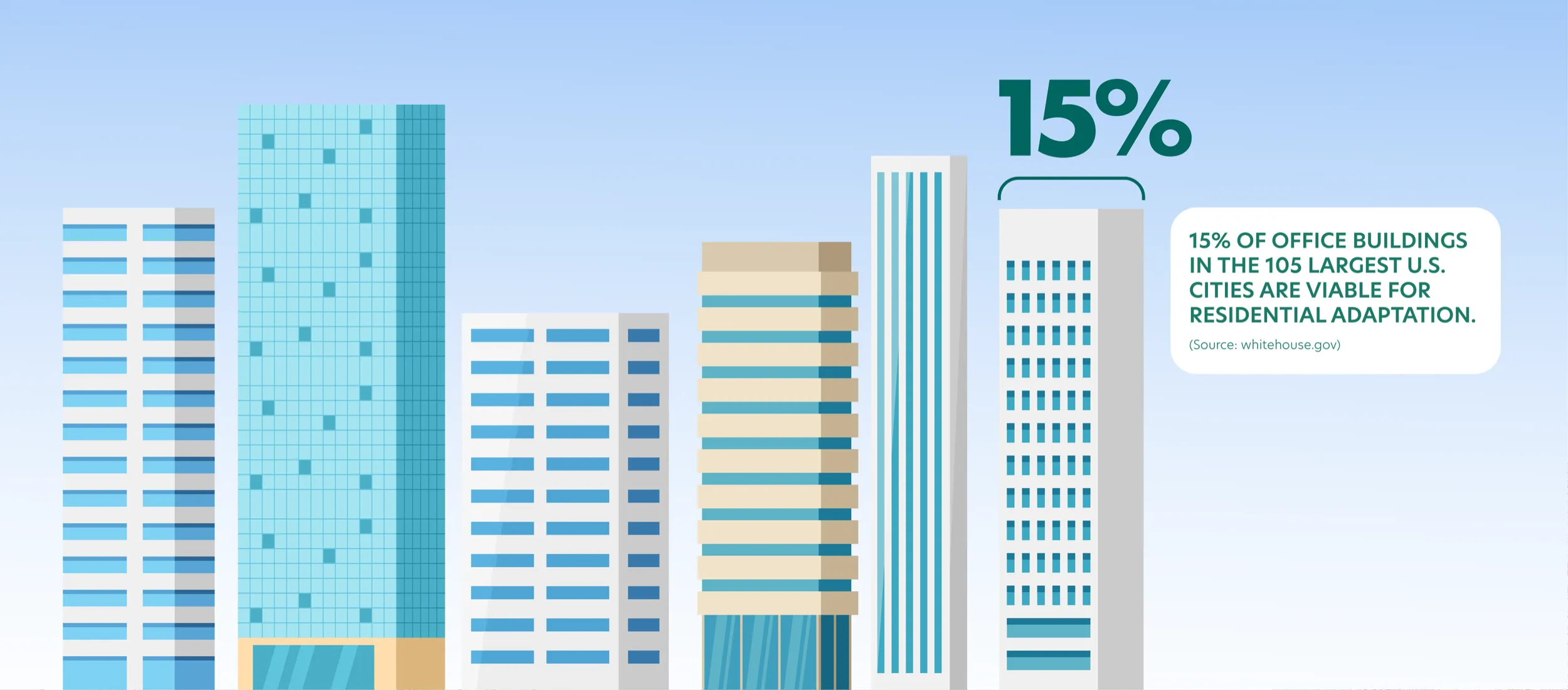
Cost Efficiency
Conversions tend to be more cost-effective than new constructions. They can be completed up to 20% cheaper than building new residential units from scratch (Source: whitehouse.gov). This cost efficiency is crucial for developers and investors looking to maximize returns on their investments. The reuse of existing structures also means faster project completion times, allowing for quicker occupancy and revenue generation.
Urban Revitalization
Transforming underutilized office buildings into residential spaces can breathe new life into city centers. It can help rejuvenate areas that have been declining due to vacant office spaces, leading to increased local business activities and improved urban environments. For instance, between 2000 and 2020, Philadelphia converted 8.2 million square feet from over 40 office buildings to housing, which significantly boosted the city center’s population by 54% (Source: brookings.edu).
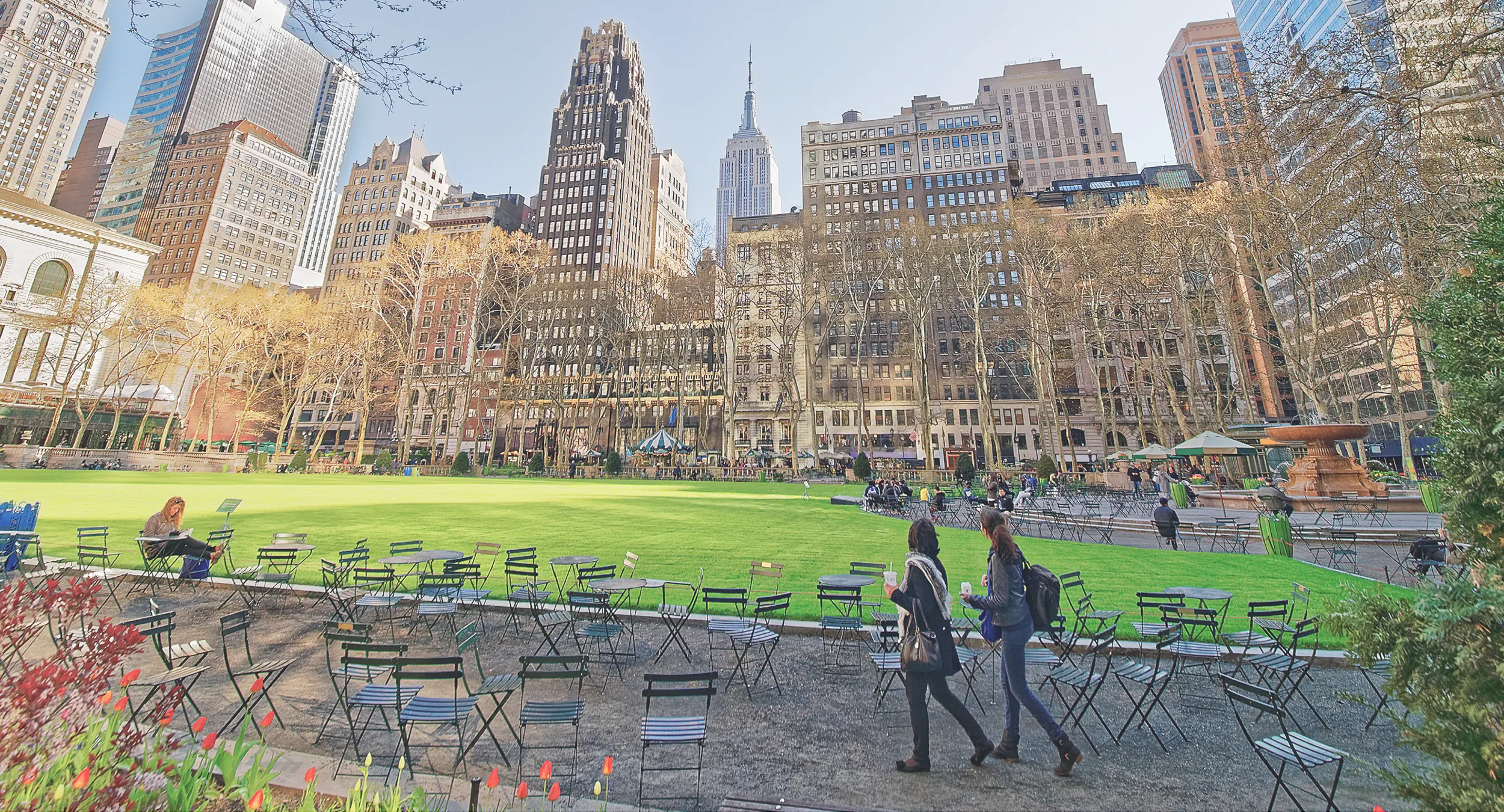
Sustainability
Repurposing existing buildings is also a sustainable choice. It reduces the demand for new materials and minimizes construction waste, contributing to a lower carbon footprint. By opting for renovations over demolitions, developers can make a positive environmental impact. Urban Surfaces is committed to sustainability efforts and is working to provide high-quality and long-lasting luxury vinyl flooring that is both aesthetically pleasing and environmentally friendly.
The Challenges
Despite the benefits, there are several challenges associated with office-to-residential conversions that need to be considered.
Structural and Design Limitations
Not all office buildings are suitable for residential conversion. Only 3% of New York City office buildings and 2% of those in downtown Denver meet the criteria for such projects (Source: bipartisanpolicy.org). The structural design of office buildings, including ceiling heights, floor plate sizes, and window placements, often requires significant modifications to meet residential standards. Conversion costs can vary widely, ranging from $100 to over $500 per square foot, depending on the building’s design and the extent of necessary renovations (Source: bipartisanpolicy.org).
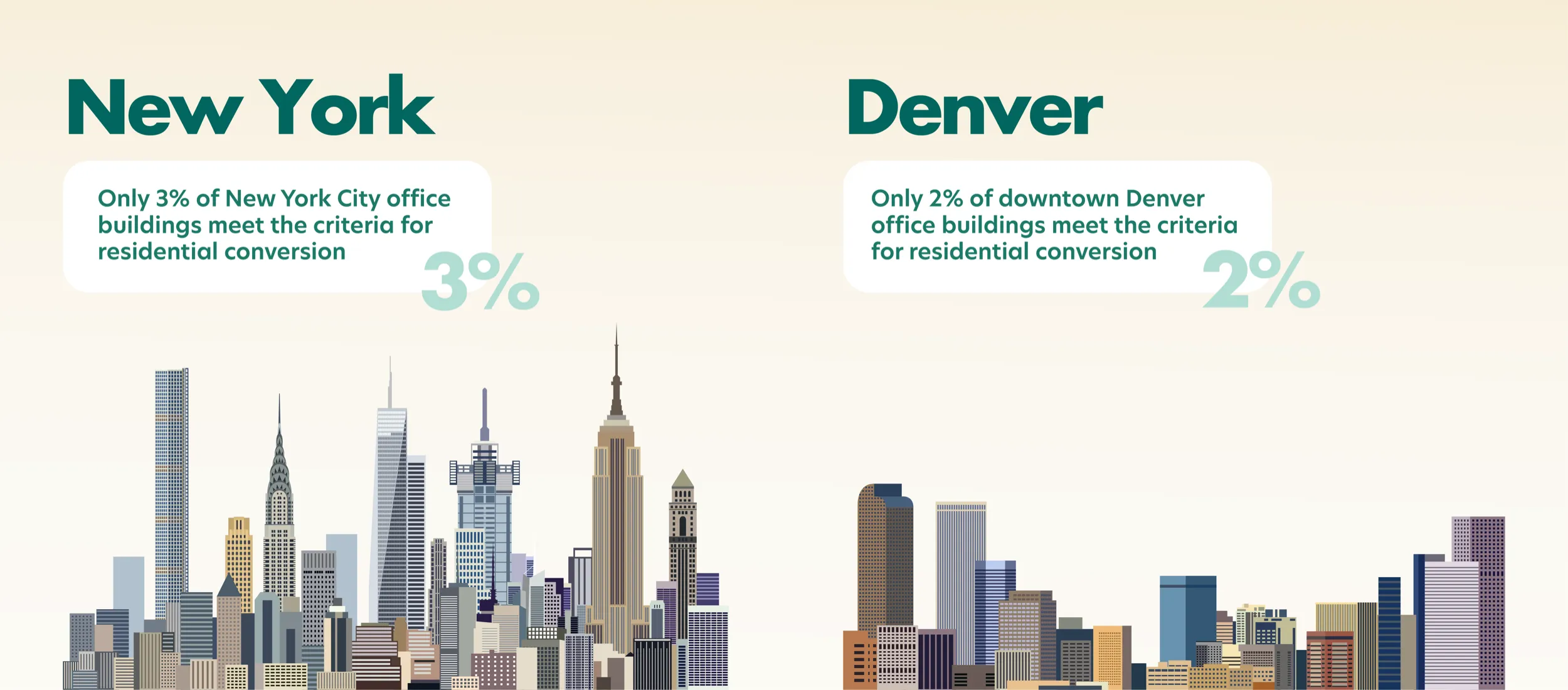
Regulatory Hurdles
Navigating the regulatory landscape can be complex. Zoning laws, building codes, and historical preservation requirements vary widely across cities and can pose significant challenges. Developers must work closely with local authorities to ensure compliance, which can be a time-consuming and costly process.
The Future
The outlook for office-to-residential conversions remains optimistic, driven by market demands and evolving urban policies. A notable 90% of institutional investors plan to consider converting some office assets to residential and other uses within the next five years (Source: gensler.com). This trend is also motivated by the need to upgrade a substantial portion of the existing office portfolio—one-third of U.S. office buildings will require significant renovations to meet future occupancy expectations by 2028 (Source: gensler.com).
As cities and developers embrace these conversions, the role of high-quality materials and trusted partnerships becomes increasingly important. Urban Surfaces stands out as a reliable provider of innovative flooring solutions tailored to the demands of both commercial and residential spaces. With a wide range of luxury vinyl products designed for durability and aesthetic appeal, Urban Surfaces flooring is ideal for converting offices into modern, comfortable living spaces.
Innovative Solutions
Urban Surfaces offers a diverse array of flooring options that can cater to various design preferences and functional requirements. For example, the Sound-Tec flooring collection provides unparalleled noise reduction and is 100% waterproof, making it perfect for high-density residential conversions. The Studio 12 line is another excellent choice, designed specifically for multi-family projects, offering both GlueDown and Floating Floor formats to meet different installation needs. Additionally, Urban Surfaces’ FloorSilencer underlayments enhance sound reduction and provide moisture protection, contributing to a quieter and more comfortable living environment for all.
Urban Surfaces’ InstaGrip LooseLay flooring, paired with Traction subfloor grip coating, offers a revolutionary solution for easy installation and near-effortless maintenance. InstaGrip LooseLay features heavy-duty, commercial-grade durability and can be installed with Traction for adhesive-free horizontal-grip strength. This combination is perfect for residential conversions that require fast turnaround times. (Note: Traction should not be used with underlayments.)
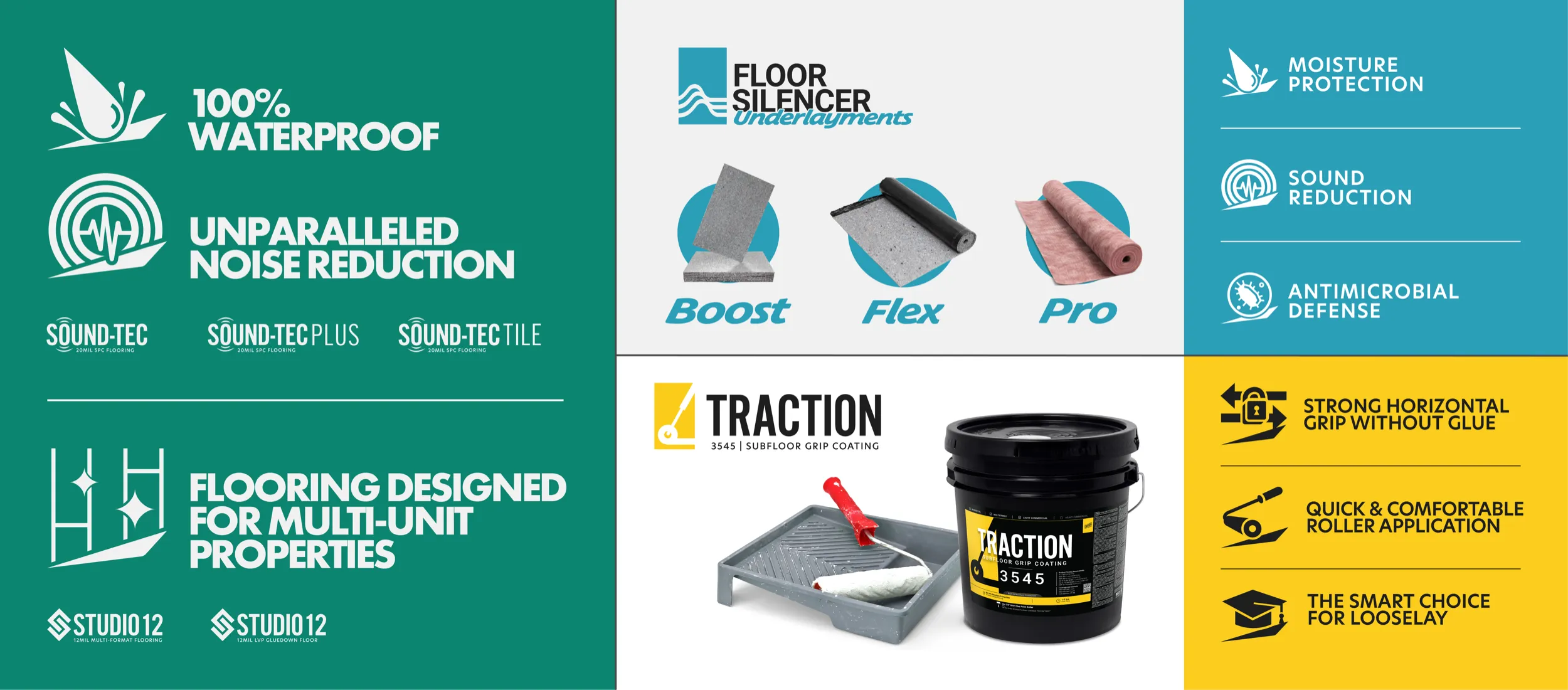
Partnership and Reliability
Urban Surfaces is not just a flooring supplier; we’re a partner dedicated to ensuring the success of your projects. We understand that businesses are hurt by unreliable suppliers, and that’s why we prioritize building lasting relationships and providing consistent, high-quality products. With over twenty years of experience in the industry, Urban Surfaces is committed to supporting developers and property managers in creating beautiful, functional, and sustainable living spaces.
Viability Through Partnership
While office-to-residential conversions present several challenges, the benefits they offer in terms of cost efficiency, urban revitalization, and sustainability make them a promising solution to the urban housing crisis. By addressing structural, financial, and regulatory hurdles, and with the support of reliable partners like Urban Surfaces, developers can successfully transform vacant office spaces into vibrant residential communities.

- The Advantages of Standardizing Your Flooring Specs With Urban Surfaces - February 12, 2025
- Urban Surfaces: Your Partner in Solving Multifamily Flooring Challenges - January 3, 2025
- Record-Smashing 12-Second Floor Plank Replacement With Traction + InstaGrip - September 26, 2024
